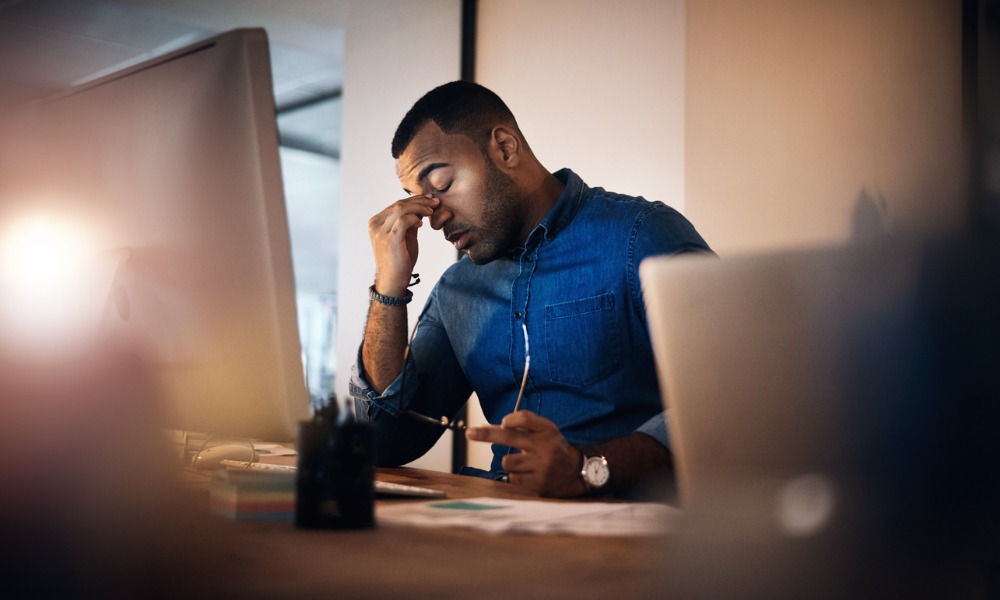
Recognising early signs of psychological hazards important so risks 'can be managed before serious harm happens'

WorkSafe New Zealand is seeking public feedback on its guidelines about how employers can manage psychological risks in the workplace.
“Some work tasks, like using heavy machinery, or working at height have obvious risks that need to be managed. But, unlike those task-specific risks, psychosocial risks can impact any worker, from any industry, working anywhere in Aotearoa New Zealand,” said WorkSafe in the document.
“It is important for you to recognise the early signs of psychosocial hazards that can impact your workers and other persons at work so the risks to their health and wellbeing can be managed before serious harm happens.”
A previous UKG report found that managers impact employees' mental health at the same level that partners or spouses do (69%).
WorkSafe’s document – titled Mentally Healthy Work - Good Practice Guidelines for Managing Psychosocial Risks at Work – aims to describe, in plain language, the psychosocial risks at work and what mentally healthy work is by:
The guide also explains how Te Whare Tapa Whā – the Māori health and wellbeing model – can help employers understand the concept of health and wellbeing.
Lawyers at Buddle Findlay, via Lexology, summarized the concept this way:
“The whare (house) is a person's wellbeing, comprised of four walls: taha wairua (spiritual), taha hinegaro (mental and emotional), taha tinana (physical) and taha whānau (family and social), resting on whenua (land or foundation).
“This model encourages employers to consider that their workers bring their personal life to work and getting to know their workers better can help understand how life outside of work may be affecting their "four walls" and therefore their wellbeing at work.”
The number of employees who believe their employers are providing support in terms of wellbeing is falling, according to a previous report.
WorkSafe’s guide also contains examples of how work design and the work environment can impact workers’ wellbeing, and of the control measures that employers can put in place to ensure workers’ psychological safety.
Stakeholders can access the document and submit feedback here until Dec. 15.